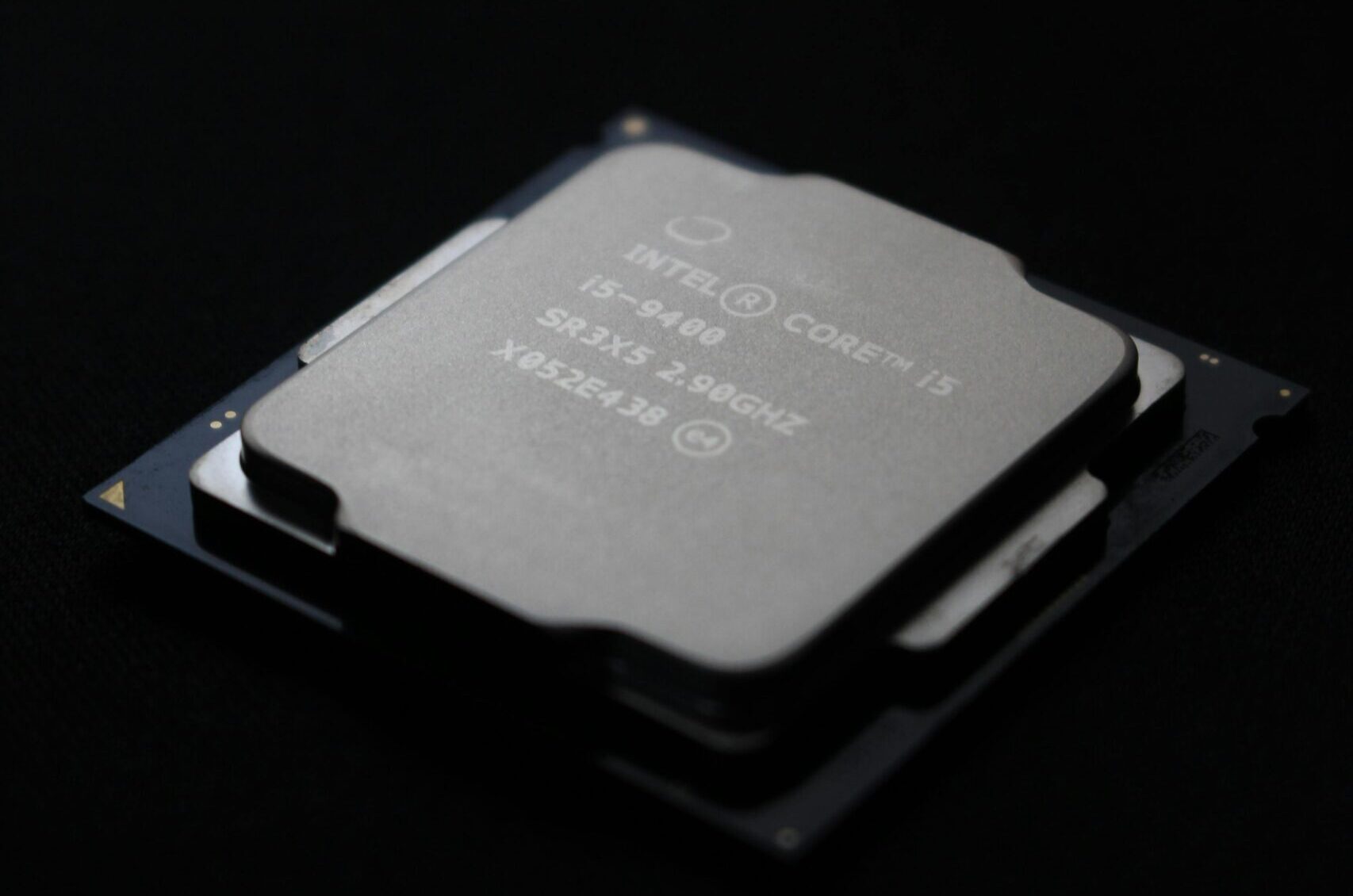 On the surface, it seems like Intel's (INTC) financial fortunes are about to change...
On the surface, it seems like Intel's (INTC) financial fortunes are about to change...
The U.S. government promised the chipmaker around $20 billion to build new foundry plants for chipmaking back in March.
The news sent many tech investors into a frenzy. However, it doesn't guarantee Intel will make boatloads of cash. And recent price swings have mirrored deep-seated shifts within Intel and the tech industry at large.
Anyone familiar with Altimetry knows all about generally accepted accounting principles ("GAAP") – one of our favorite (or should we say, least favorite) acronyms to talk about.
Standard GAAP metrics often mask the realities behind a business, painting a picture of stability that can mislead investors about the actual risks.
Today, though, I want to introduce you to a term you probably aren't familiar with... volatility, uncertainty, complexity, and ambiguity ("VUCA").
With substantial U.S. funding on the horizon, Intel's future could change dramatically. Using the VUCA framework, we can better understand and navigate these dynamics... and get a clearer view of what lies ahead for the company.
 VUCA is actually a military framework...
VUCA is actually a military framework...
I've seen it attributed to the Army War College in the 1980s. It was built for military conflict, battle, and war scenarios.
However, the business world has also been using it for years... because at its core, VUCA is all about understanding risk.
Starting with volatility, traditional GAAP metrics act like a "smoothing mechanism." They create an illusion of steadiness that doesn't capture Intel's true swings.
That's where we turn to Uniform Accounting. The adjusted numbers show us Intel's returns have been anything but smooth over the past few years.
Uniform return on assets ("ROA") dropped from 14% in 2020 – above the 12% corporate average – to 2% by 2022... and flipped negative last year. It's expected to fall even further into the red in 2024, before "bouncing back" to slightly less negative.
These highs and lows aren't just noise. They're a crucial part of Intel's risk profile.
GAAP's polished numbers may give investors a false sense of calm... but it's hiding the volatility lying beneath the surface.
Uncertainty adds another layer to this picture. As we said, Intel is on track to receive a substantial injection of U.S. government funding, which could be a game-changer.
It doesn't guarantee Intel will make boatloads of cash, though. Running a chip fabrication plant is asset intensive. Throwing money at a low-return business won't make it any more profitable.
This uncertainty could open doors for major growth – or it could create new challenges if the funding doesn't convert into lasting value.
 Moving on to complexity, Intel isn't exactly a small business...
Moving on to complexity, Intel isn't exactly a small business...
It's a global, multilayered operation with tens of thousands of employees... cutting-edge research and development... and an extensive production and supply network.
Predicting Intel's future isn't as simple as inputting numbers into a model. VUCA reminds us to respect this complexity.
The company has seven different families of computer processors. It designs chips for Wi-Fi, memory storage, and beyond. And it's dipping its toes into fabrication for other chipmakers.
Just because things took a turn for the worse in the last few years doesn't mean Intel is doomed forever. While its outlook is bleak today, it could release a new chip that leads the pack for a few years... or its fabrication business could take off.
It's important to respond to complexity by accounting for new information as it arrives. That means being willing to change your opinion as the data changes.
 Ambiguity is the final piece of the puzzle... and we see it often in Intel's communications.
Ambiguity is the final piece of the puzzle... and we see it often in Intel's communications.
Management teams rarely, if ever, say exactly what they mean. If they did, there would be a lot more panic in the stock market.
Executives try to paint the picture of their company in the best light possible. They often use ambiguous language to smooth the message out.
For example, during Intel's most recent earnings call, a Wall Street analyst asked CEO Patrick Gelsinger if he still expected the fabrication business to reach $15 billion in value by the end of the decade.
He responded by saying, "We're actually seeing quite a lot of uptake and expansion in those opportunities."
That's vague... It doesn't tell the analyst (or us) much of anything.
Longtime subscribers know our solution to this problem is our Earnings Call Forensics ("ECF") tool – an advanced audio technology that analyzes quarterly earnings calls for changes in the management team's pitch and voice patterns.
Then it compares that against their spoken words and the numbers to generate two types of markers – "questionable" and "confident."
We like to say it's like putting every CEO up against a sophisticated lie-detector test.
And as it happens, Gensinger generated a questionable marker when making the above statement. That doesn't mean he's lying... It just means we can't take every statement from management at face value.
When management is being ambiguous, it's worth considering why.
 GAAP metrics leave far too many holes in our view of a business...
GAAP metrics leave far too many holes in our view of a business...
So it's important to combat those holes with as much reliable information as possible.
While the VUCA framework was designed for war, it's also a powerful weapon in the battle against misleading as-reported accounting.
Use these guidelines to gain an edge in analyzing a company's future. They can offer the clarity to make more disciplined, informed decisions... in a market where surprises are the only constant.
Wishing you love, joy, and peace,
Joel
November 15, 2024



 On the surface, it seems like Intel's (INTC) financial fortunes are about to change...
On the surface, it seems like Intel's (INTC) financial fortunes are about to change...

